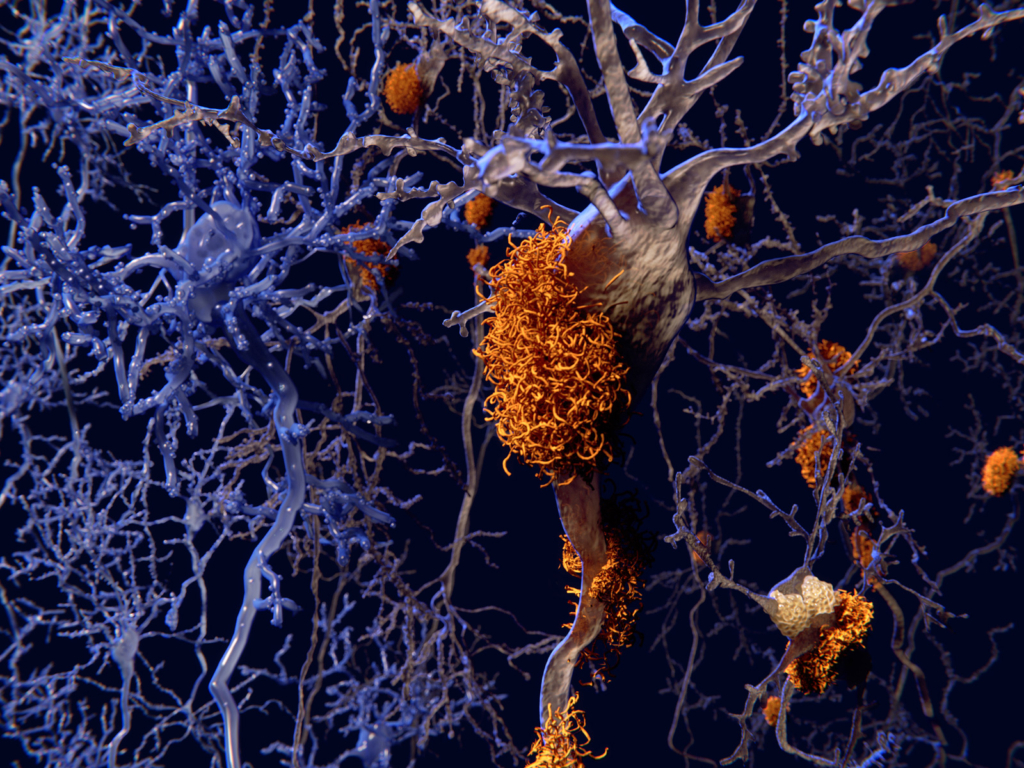It is an irreversible and progressive neurodegenerative disease that results in the physical atrophy of the brain.
The early symptoms of Alzheimer’s disease are lapses with memory. At first, these lapses may be infrequent and inconsistent, but over time they become more regular. As the disease progresses, new symptoms will present themselves, such as uncontrollable anxiety, fear, confusion, and anger. Mood swings occur for no apparent reason. Judgment becomes impaired. Familiar-even simple-tasks become difficult. And misplacing possessions becomes a regular occurrence.
These could be viewed as mild inconveniences. But the disease is far more debilitating than what these beginning stages reveal. As the disease progresses, mobility becomes limited. Eating becomes something often forgotten.
Speaking becomes difficult, or even impossible. Increasing neurological damage can result in heart attack, stroke, and other common causes of death. Researchers now believe that Alzheimer’s disease begins to develop in the brain up to 20 years before the first symptoms appear, and that deterioration can continue for 10 to 20 years after diagnosis. It is a slow, painful, costly disease … and it is always fatal.
More than 50 million people throughout the world have been diagnosed with Alzheimer’s disease and it is estimated that there are another 150 million who have not been diagnosed. Women are afflicted with the disease at a far greater rate than men; of the 50 million who have been diagnosed, 34 million or more than 67% are women. In fact, the first person ever diagnosed with Alzheimer’s disease – August Deter – was a woman.
There are generally recognized stages of Alzheimer’s disease. However, actual experiences can be different for each individual and the rate of progression also varies. Those who have been diagnosed may live as long as 20 years.
In this stage the pathology of the disease is developing but symptoms have not yet appeared. In this stage, the amyloid plaques and tau tangles are forming into bundles.
During this stage, people begin to develop changes with memory and thinking. As indicated by the characterization as mild, the changes usually do not interfere with social activities and or relationships.
This stage may include:
As the disease progresses, earlier symptoms become more pronounced.
During this late stage of the disease, mental and physical functions decline; the disease has an increased impact on one’s physical capabilities.
